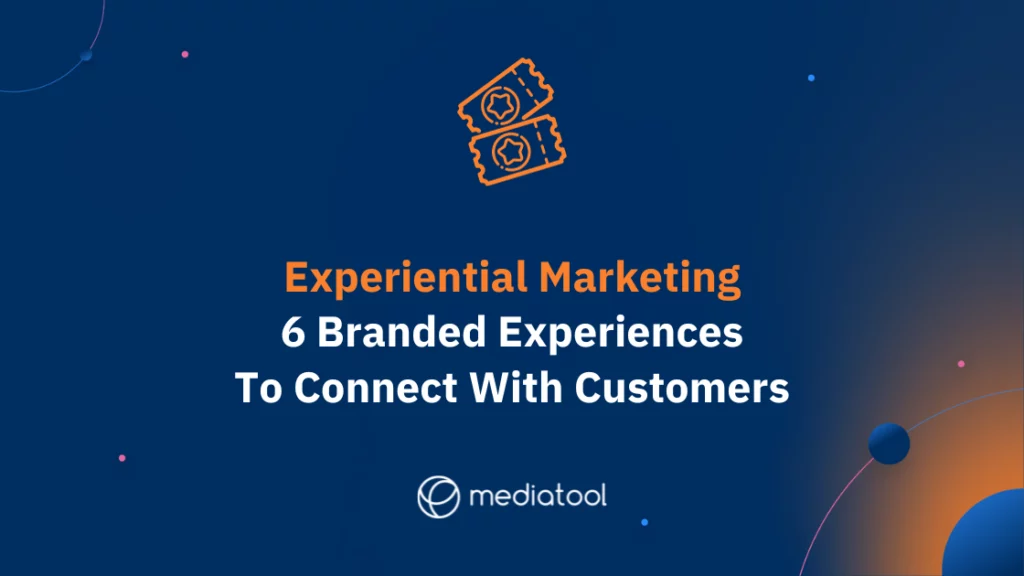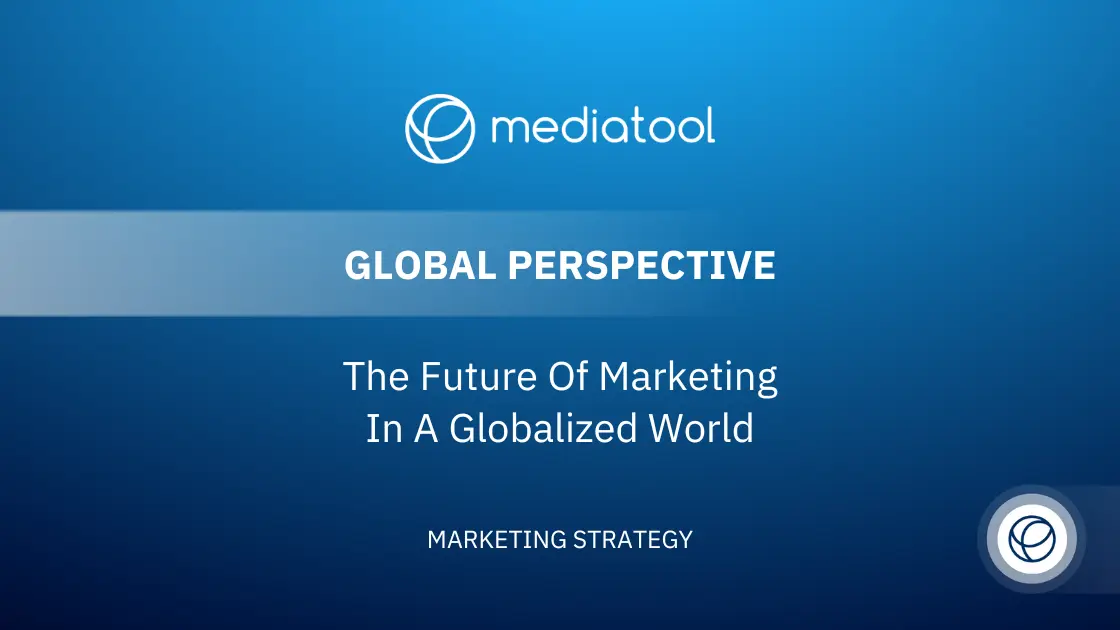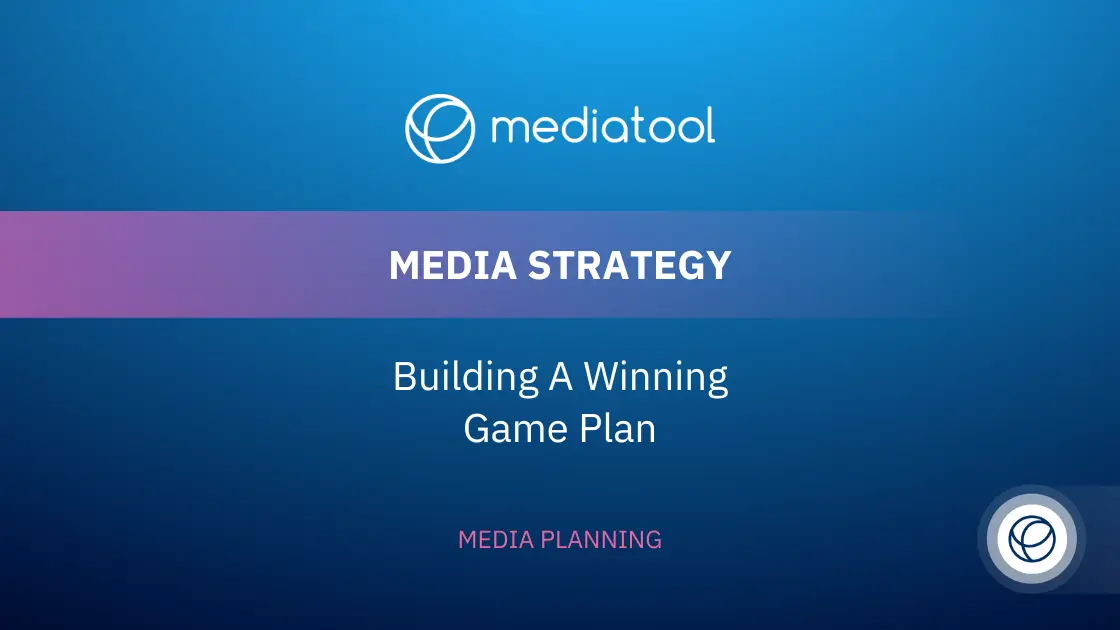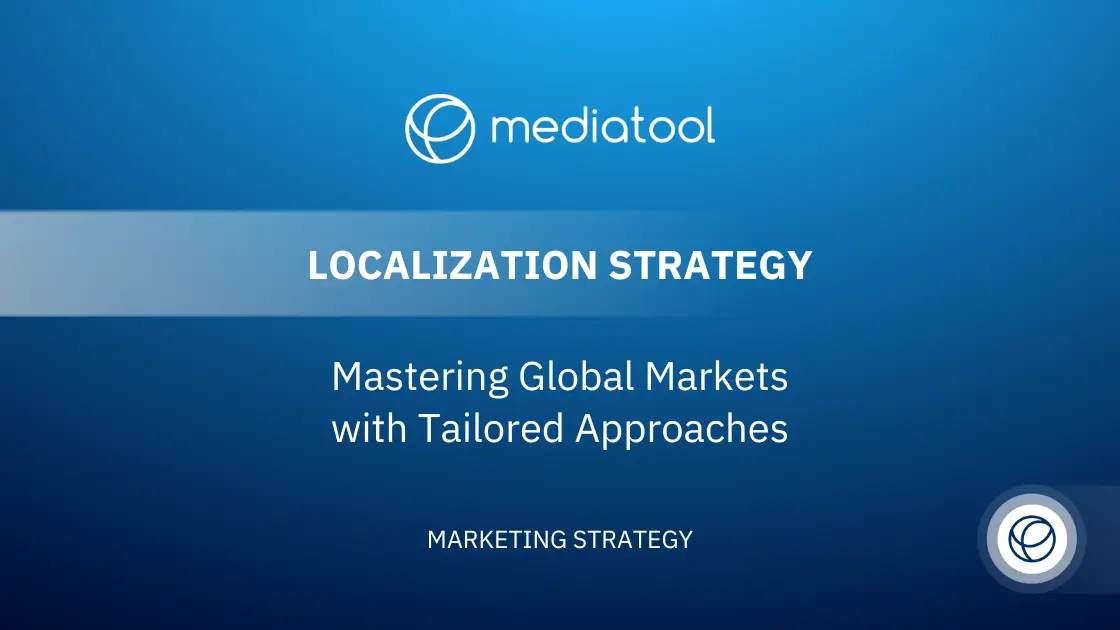Digital marketing has been the main focus for many brands in the last few years. However, there is still something significant about connecting with audiences face-to-face.
Nothing beats real-life experiences and connections, which is why marketers invest capital and energy in marketing experiences.
What Is Experiential Marketing?
Experiential marketing, also known as engagement marketing, is a dynamic marketing strategy where brands create memorable experiences for potential customers. This approach goes beyond traditional marketing by immersing clients in live, interactive experiences, often at in-person events.
It’s not just about viewing advertisements; it’s about firsthand experiences with what a brand offers.
Experiential marketing campaigns extend into the digital realm too. For example, a customer may attend a pop-up event and continue their journey on their mobile device, enhancing the branded customer experience even after the event.
This strategy aims to leave a lasting impression on customers, sparking word-of-mouth and social media sharing, thereby increasing brand awareness and reach.
Event marketing, while similar, differs slightly from experiential marketing. Event marketing covers a broader range of brand-sponsored events like concerts or trade shows. In contrast, experiential marketing events are more focused on providing an interactive experience rather than passive observation.
Successful experiential marketing campaigns leverage the power of emotional connections by engaging the senses, creating memorable experiences that foster customer loyalty and raise brand awareness. As part of a winning experiential marketing strategy, these events often lead to direct customer interaction, driving conversions and strengthening customer relationships.
Innovative experiential campaigns may incorporate elements like augmented reality or virtual reality, providing immersive experiences that resonate with the target audience. This creative process helps in crafting a brand experience that stays with the audience long after the event, significantly impacting marketing efforts and contributing to the brand’s marketing goals.
Ultimately, experiential marketing works by creating personal connections and interactive experiences that turn potential customers into loyal customers, expanding the brand’s reach to a broader audience and elevating the overall brand experience.
Benefits of Experiential Marketing: Why Is It Important?
Why Experiential Marketing Matters
Marketing has various objectives like broadening audience reach, converting audiences into paying customers, and building brand awareness.
However, the ultimate aim is often sales conversions. Experiential marketing plays a crucial role in achieving this, leading to significant conversions and reinforcing marketing goals.
Advantages of Experiential Marketing
1. Creating Fun and Memorable Experiences
Successful experiential marketing campaigns hinge on fun. Events that lack this element often fail to leave a lasting impression. Therefore, crafting an event marketing plan that ensures clients leave with positive memories and a favorable image of the brand is essential.
These memorable experiences foster strong emotional connections with the target audience.
2. Effectiveness in Building Brand Loyalty
Experiential marketing has proven highly effective. A 2018 study showed that 91% of participants at brand experience events were more likely to purchase the promoted product or service, with 40% developing brand loyalty post-event.
These statistics highlight the impact of a well-executed experiential marketing strategy.
3. Generating Leads and Sales
Experiential marketing events are key for lead generation and sales. They often involve digital registration, which helps collect accurate customer information.
Utilizing experiential marketing software for online registration streamlines the marketing process, making it easier to integrate customer data into the brand’s marketing efforts.
4. Enhancing Customer Engagement
Experiential marketing, often characterized by live, in-person events, provides an interactive experience that traditional marketing struggles to match.
Engaging potential customers through interactive experiences like pop-up shops, trade shows, and hybrid events can significantly increase brand awareness and create a stronger brand experience.
5. Utilizing Modern Technologies
Incorporating elements like augmented and virtual reality into experiential campaigns can elevate the customer experience.
These technologies offer innovative ways to engage the audience, create memorable experiences, and generate interest among a broader audience, including loyal customers and potential new ones.
6. Expanding Marketing Reach
Through creative and interactive experiences, experiential marketing reaches a wider audience. It leverages multiple channels, including social media and company platforms like a brand’s Twitter handle, to amplify its reach and impact.
The use of pop-up events and stores also helps in creating a buzz and drawing in the intended audience.
7. Building Personal and Emotional Connections
Experiential marketing is all about personal connections. By engaging customers in person, it creates a bond that often leads to increased customer loyalty, repeat business, and positive word-of-mouth marketing.
This approach is especially effective in building long-term customer relationships and enhancing the overall marketing experience.
8. Face-to-Face Interaction
For potential customers, a brand often exists as an abstract concept, recognized only by its logo seen in online ads or social media. Experiential marketing campaigns bridge this gap by giving a face and personality to the brand.
When attendees immerse themselves in these events, everything from the decor to the program reflects the brand’s essence, converting vague impressions into tangible experiences. A fun and engaging event translates into a positive brand perception, crucial for marketing efforts.
9. Gathering Valuable Data
Face-to-face interactions during these events provide an excellent opportunity for companies to collect first-party data. This data is invaluable for future marketing campaigns, helping to tailor strategies to the target audience more effectively.
10. Embodying Brand Values
Brand messages are ubiquitous, found on billboards, TV, magazines, and online platforms. However, experiencing these values in a real-world setting during an experiential marketing event offers a more profound impact.
Attendees can directly engage with the brand’s core values, creating a more authentic and memorable connection.
11. Publicity
No brand experience is complete without the presence of industry personalities, media, and influencers. Their participation and subsequent social media posts about the event, particularly if it’s an enjoyable experience, can significantly amplify publicity.
When planning experiential marketing campaigns, considering their potential impact on social media is crucial, as attendees, including influencers, are likely to share their experiences online.
12. Analytics and Insights
Live events are a goldmine for brand analytics. Important metrics like attendance, social media engagement through event hashtags, and website traffic post-event provide essential insights.
Registration data from these events is a valuable resource for generating leads and understanding attendee demographics, further guiding marketing strategies. These analytics are crucial for experiential marketers in assessing the success of their campaigns and refining their approach for future events.
Types of Experiential Marketing
There are different event marketing strategies; some may be better for your brand than others.
1. Kiosks
One of the simplest experiential marketing examples is kiosks, which are common in trade events that span several days. Booths at trade shows often offer food, drinks, and free samples of products. But you can be more creative than that!
For example, you can offer a photobooth or augmented reality experience that showcases an essential element of your brand.
2. Pop-Up Stores
Pop-up stores are among the best interactive marketing examples. It keeps audiences excited and leaves them wanting more, as they are only available over a few days.
One of the most notable pop-up events is M&M: Flavor Rooms in New York City. It was fun, colorful, delicious, and interactive. Guests visited color-coded rooms, ate M&Ms, and took fun photos. What’s even cooler is that attendees and online followers were given a voice on which flavor M&M should be launched next. The English toffee peanut became the public’s flavor of choice.
This is one of the most compelling examples of marketing experiments.
3. Festivals
Festivals draw thousands of attendees and are excellent venues to raise brand awareness and showcase your products. Music-related sponsorship events are worth $1.6 billion.
Cupcake Winery is one of the most renowned event marketing examples as one of the biggest sponsors of the Coachella Valley Music and Arts Festival. The brand has developed a holistic experience for Coachella participants with its wine, food, and arts to give attendees a fantastic backdrop for their Instagram posts.
4. Sports Events
Companies are constantly jockeying to have a place in the world’s biggest sporting events. Pepsi, for example, has already claimed the stage for the Super Bowl halftime show.
Another incredible customer engagement marketing example was Haagen Dazs at Wimbledon. The ice cream brand set up a photo booth where attendees could create their own GIFs advertising its newest flavor.
5. Launch Parties
You can reward loyal customers with invitations to a launch party for a brand-new product or service. This is a fantastic event marketing strategyfor customer retention and building loyalty.
At launch parties, you can allow loyal customers to try new products before they become available to the public. This sneak peek demonstrates how much you value their opinion, and the customers can share their experience with others in their social circle.
6. Interactive Technology
Experiential marketing ideas are not limited to in-person events—it is easy to have extensions in the digital world.
For example, Nike created a virtual world on Roblox’s gaming platform. It’s a fun and unique experience that gave both brands a lot of publicity. And it is just one aspect of Nike’s brand experience marketing; they have leveraged plenty of them to target shoe and athleisure enthusiasts.
How to Create an Experiential Marketing Campaign
Creating a successful experiential marketing campaign involves a series of strategic steps, each crucial in ensuring that the campaign resonates with the target audience and effectively communicates the brand’s message. Here’s a guide to developing a winning experiential marketing strategy:
1. Define Your Objectives
Start by clearly defining what you want to achieve with your experiential marketing campaign. Are you looking to raise awareness for a new product like a Lean Cuisine product or a new shoe line? Or is the goal to create deeper brand connections? Setting specific objectives will guide your entire campaign.
2. Understand Your Audience
Knowing your target audience is vital. Research their preferences, behaviors, and what kinds of experiences will most appeal to them. This knowledge will help in tailoring the campaign to resonate deeply with them.
3. Select the Right Format
Choose an experiential format that aligns with both your objectives and your audience’s interests. Options include pop-up shops, live marketing events, brand activations in physical spaces, and ground marketing activities. For a more digital approach, consider virtual events or integrating digital elements into physical experiences.
4. Plan the Experience
Design the experience to be engaging and memorable. This might involve creative uses of technology, interactive elements, or unique physical setups. Remember, the experience should embody your brand’s values and message. Use your marketing team’s creativity to bring this to life in a way that will leave a lasting impression.
5. Leverage Digital and Social Media
Utilize digital platforms, including your company’s Twitter handle and other social media channels, to promote the event and engage with your audience before, during, and after the campaign. This can help in building anticipation, extending the reach of the campaign, and gathering valuable feedback.
6. Focus on Brand Activation
Ensure that your campaign activates your brand in a way that it becomes a live representation of what you stand for. This could be through immersive experiences, hands-on product trials, or interactive storytelling. The goal is to make your brand come alive in the minds of your participants.
7. Measure and Analyze Results
Post-event, it’s crucial to analyze the campaign’s effectiveness. Use tools like post-event surveys, social media analytics, and sales data to measure success against your initial objectives. This will provide insights for future campaigns and help in continuously improving your experiential marketing efforts.
8. Content Marketing Integration
Incorporate content marketing strategies to further enhance the reach and impact of your campaign. Create engaging content that can be shared across various platforms, capturing the essence of the experiential event and fostering ongoing engagement with your audience.
By following these steps, brands can create experiential marketing campaigns that not only captivate and engage their target audience but also strengthen their market presence and enhance customer relationships. The key to a successful campaign is a well-thought-out strategy that aligns with the brand’s core values and connects with the audience on a personal and emotional level.
Future of Experiential Marketing
Advancements in Experiential Marketing Strategies
The future of experiential marketing is poised for significant advancement and innovation. Brands are increasingly recognizing the value of investing in marketing strategies that prioritize brand engagement and customer experiences. This shift is driving a larger allocation of marketing budgets toward creating more impactful and branded customer experiences.
Tailoring Strategies for Effective Marketing
Many businesses face challenges in developing effective, long-term experiential marketing strategies. It’s crucial to identify which types of experiential marketing campaigns align best with a company’s goals and target audience. For instance, while large-scale pop-up events like M&M’s Flavor Rooms might suit well-established brands, smaller businesses may find greater success with interactive booths at festivals or industry events.
Digital Integration in Experiential Campaigns
A key trend in the future of experiential marketing is the integration of digital experiences. Successful experiential marketing campaigns will increasingly incorporate augmented reality and virtual reality, offering immersive experiences that resonate with a technologically savvy audience. This approach not only enhances the in-person experience but also extends the reach of the campaign through multiple channels, including social media and the brand’s digital platforms.
Expanding Reach Through Hybrid Events
Hybrid events, combining in-person and virtual elements, are also set to become more prominent. These events cater to a broader audience, allowing brands to connect with people regardless of their physical location. This approach not only increases brand awareness but also drives website traffic and generates valuable user-generated content.
The future of experiential marketing lies in creating diverse, innovative experiences that blend physical and digital elements. These strategies will be essential in raising brand awareness, engaging the intended audience, and ultimately driving product sales. As experiential marketing evolves, it will continue to play a crucial role in the overall marketing efforts of brands, large and small alike.
Conclusion: Embracing the Future of Experiential Marketing
As we get into the future of experiential marketing, it’s evident that this dynamic approach will continue to evolve and play a pivotal role in connecting brands with their audiences. Experiential marketing campaigns have demonstrated their power to create unforgettable brand experiences that resonate deeply with customers, fostering lasting relationships and loyalty.
Crafting Winning Experiential Marketing Strategies
The key to a successful experiential marketing campaign lies in understanding and implementing strategies that resonate with the target audience. Whether it’s through engaging pop-up shops, innovative virtual events, or immersive brand activations, the best experiential marketing campaigns are those that create genuine connections and memorable experiences.
The Role of Digital and Hybrid Experiences
With the advent of experiential marketing software and tools, brands are now equipped to manage and execute complex campaigns more efficiently. The integration of digital elements, such as augmented reality and virtual reality, into experiential marketing efforts has opened new avenues for creative expression and audience engagement.
Hybrid events, combining physical and virtual spaces, are expanding the reach of experiential marketing, allowing brands to connect with a broader audience and generate significant interest and website traffic.
Measuring Success and Raising Awareness
Post-event surveys, social media engagement, and ticket sales data are becoming increasingly important in measuring the impact and success of experiential marketing campaigns. These insights enable marketing teams to refine their strategies and further enhance the effectiveness of future campaigns.
The Future Is Collaborative and Innovative
Looking ahead, the future of experiential marketing is one of collaboration and innovation. Brands will increasingly rely on content marketers and brand ambassadors to amplify their message and connect with audiences in meaningful ways. The use of marketing tools to manage campaigns, from planning pop-up locations to analyzing email marketing metrics, will be integral to achieving marketing goals.
Plan and Manage Experiential Marketing Campaigns with Mediatool
Develop media plans and manage your experiential campaign performance with the help of Mediatool. Manage every campaign element from one cloud-based platform to make collaborations easy and seamless.
Book a Mediatool tour here today!





